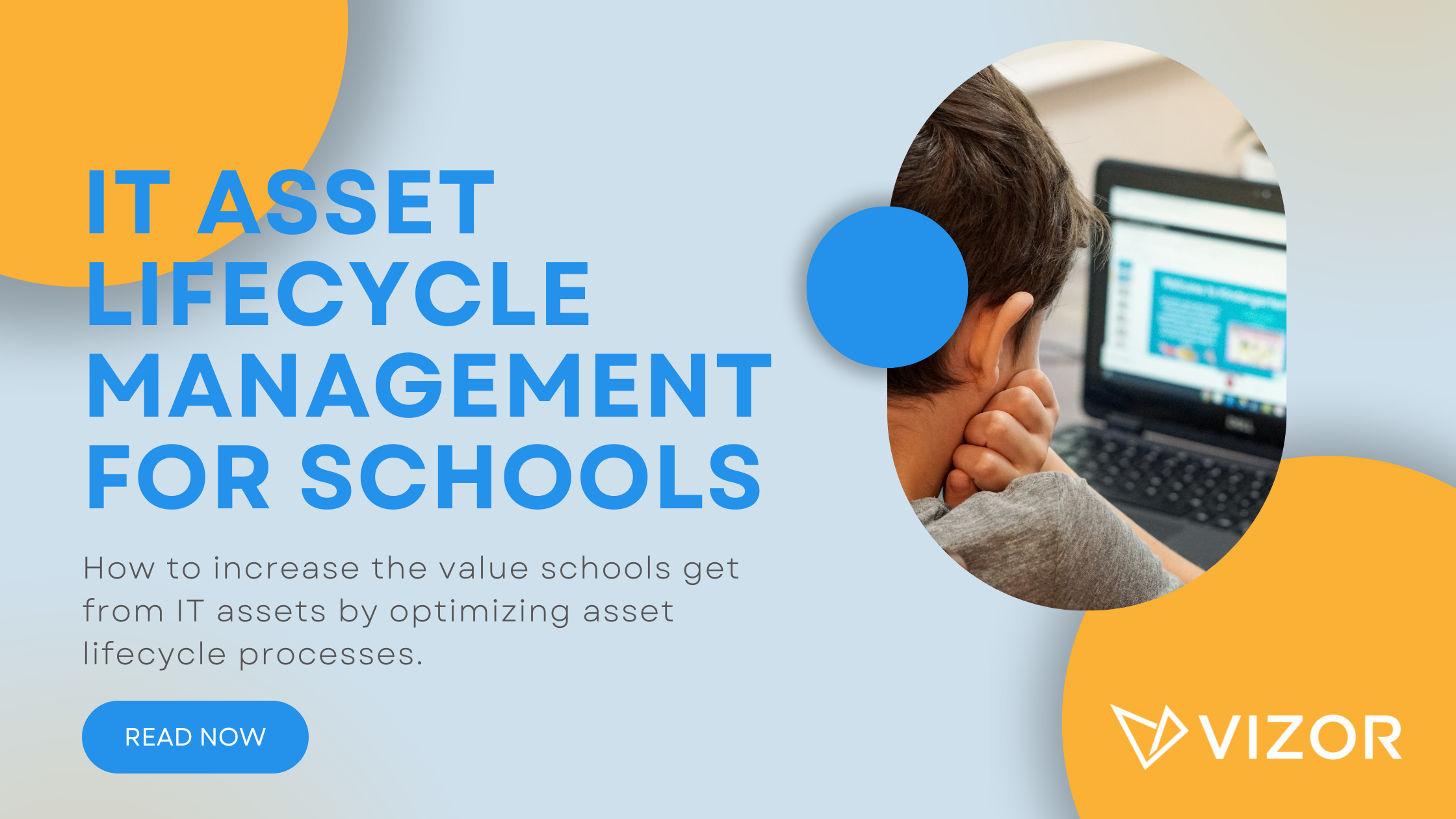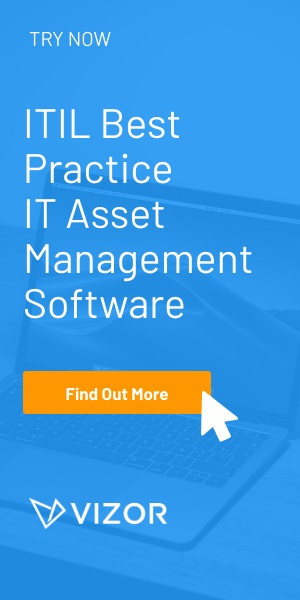New Technology Laws: How it’s Affecting IT Budgets
The US Government’s introduction of legislation emphasizes cybersecurity and better IT budgeting. This is the direct result of Government Agencies spending more on technology and anticipating that they will spend more protecting them and the data they contain. The Federal Government Budget for IT reached $95.7 billion for 2018, an increase of 1.7 percent from 2017.
As a result, it is increasing responsibilities for those in Information Technology. Common practices for managing technology is changing and its starting with the new legislation.
What are the new legislations?
FITARA is The Federal IT Acquisition Reform Act. It requires agencies to understand the cost and performance of IT investments. FITARA gives CIOs the authority to address IT investment challenges and improve efficiencies.
MEGABYTE is The Making Electronic Government Accountable By Yielding Tangible Efficiencies Act. It requires CIOs to report financial savings or cost avoidance that results from software license management.
FISMA is The Federal Information Security Management Act. It defines a comprehensive framework to protect government information, operations, and assets against natural or manmade threats.
What does this mean for IT?
The three Acts listed above impose regulations for technology on a Federal Level. However, the best practices from these legislations are becoming more common among cities and counties. Smaller Government institutions are following suit because the practices are being recognized as a necessity for transparency, accuracy and cost savings.
IT community leader IAITAM revealed that “spending greater and greater sums without proper ITAM controls in place is a prescription for more breaches, risks posed by unauthorized devices, increases in lost and stolen hard drives, and major vulnerabilities.”
As a result, IT teams will need to update processes, methods of reporting and training. Many of these best practices are rooted in what is called IT Asset Management (ITAM).
What is ITAM?
ITAM is more than an inventory of an organization’s IT assets (hardware and software). It is the concept of collecting IT asset information to better manage their overall value. It includes asset lifecycle management, cost management, and contractual management. The monitoring of the assets helps organizations secure them as well as improve reporting on costs, inefficiencies, and quantities of assets.
How can ITAM help follow legislation?
Here are 5 ways IT can help reach best practices:
1) Understand what the organization owns in order to better protect it
2) Help obtain financial savings by identifying inefficiencies in processes
3) Centralizing information to obtain a better perspective of the whole picture to make more informed decisions
4) Obtain insight on the status of your assets (used, stored, recycled) to reach economies of scale
5) Encourages automation to encourage precise, updated information at all time
Need a IT Asset Management Tool?





